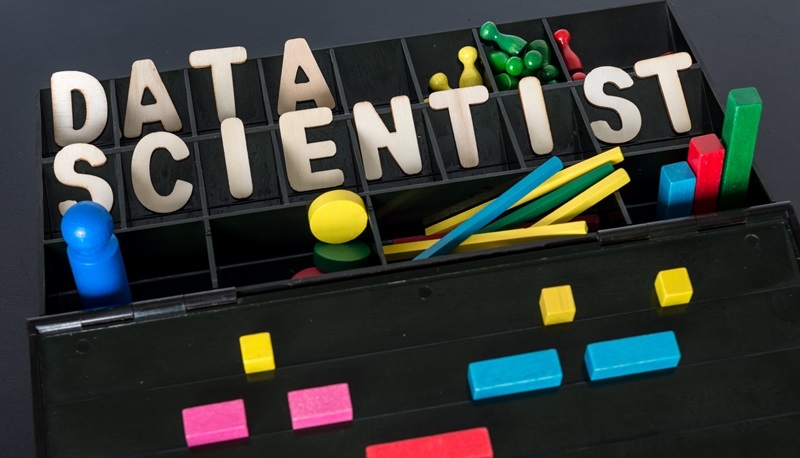With Student Interest Soaring, Berkeley Creates New Data-Sciences Division
From Chronicle of Higher Education:
Berkeley’s move follows MIT’s announcement last month that it was investing $1 billion in a new college of artificial intelligence. But leaders at Berkeley say their disclosure of the division today was driven by an imminent international search for a director, who will hold the title of associate provost, putting the program on an institutional par with Berkeley’s colleges and schools. They explain that in creating a division rather than a new college, they are reflecting the way data science has become woven into every discipline.
Berkeley has been planning the division for four years, said David Culler, interim dean for data sciences, and has been rolling it out incrementally through a new data-sciences major approved last year, and corresponding growth in data-science courses. Enrollment in “Foundations of Data Science” has soared from 100 in 2015 to 1,300 in 2018. Enrollment in the upper-level “Principles and Techniques of Data Science” has grown from 100 in 2016 to 800 students. The emerging program has served as a “pilot” for the division, which is now set to evolve under a new director.
…
The core of the data-science curriculum, said Culler, is computer science and statistics, with additional depth courses in optimization and visualization. But students will also be required to have a “domain emphasis” that would most likely synthesize material from various other departments. For instance, a data-science student’s exploration of social inequality might include courses in sociology, ethnic studies, economics, and philosophy.
‘With a basic degree, you can learn data science on the job’
Next week at the National Analytics Conference, [Jennifer Cruise from the Aon Centre for Innovation and Analytics] will be on a panel where she expects to discuss several aspects and challenges that businesses face relating to data, including how to deal with the abundance of information that is now available and, of course, the key issues of skills and resources.
“You can only truly exploit the data if you get the right people in that space, and there’s a double whammy,” she said. “On the one hand, you have a lack of hands-on resources. Skilled data scientists are hard to come by and things are changing quickly, so people who are qualified need to stay on top of things. Then, you also have a gap in the leadership space – the people who can advise you how to turn [data] into revenue for your company, or how to use your data to become more operationally efficient.”
8 common questions from aspiring data scientists, answered
So, you want to be become a data scientist? Great. But you have zero experience and have no clue how to get started in this field. I get it. I’ve been there and I definitely feel you. This is why this post is for you.
All the questions below came from the community through my LinkedIn post, email, and other channels. I hope that by sharing my experience, you will be enlightened on how to pursue a data science career and make your learning journey fun.
OPINION: How to craft effective data science job descriptions
In today’s data science job market, demand far outstrips supply, said Chris Nicholson, co-founder and CEO of artificial intelligence and deep learning company Skymind, and co-creator of the open source framework Deeplearning4j. That means organizations must resist the temptation to seek candidates with every last required data science skill in favor of hiring for potential and then training on the job, he said.
“A lot of data science has to do with statistics, math and experimentation—so you’re not necessarily looking for someone with a computer science or software engineering background, though they should have some programming experience,” Nicholson said. “You want folks from physical science, math, physics, natural sciences backgrounds; people who are trained to think about statistical ideas and use computational tools. They need to have the ability to look at data and use tools to manipulate it, explore correlations and produce data models that make predictions.”
Because a data scientist’s job isn’t to engineer entire systems, minimal programming experience is fine, Nicholson said. After all, most organizations can rely on software engineering, DevOps, or IT teams to build, manage and maintain infrastructure in support of data science efforts. Instead, strong data science candidates often have a background in science and should be proficient with data science tools in one or more different stacks.



